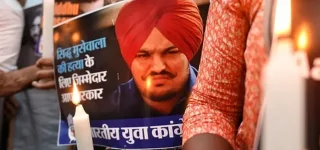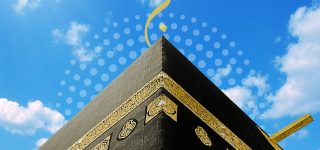Disclaimer*: The articles shared under 'Your Voice' section are sent to us by contributors and we neither confirm nor deny the authenticity of any facts stated below. Parhlo will not be liable for any false, inaccurate, inappropriate or incomplete information presented on the website. Read our disclaimer.
Let me paint an ironic picture of how education in Pakistan actually works. The Pakistani society is fragmented into different socio-economic classes. From children studying in the scorching sun, without the necessary infrastructure, to the children studying in well-furnished, air-conditioned classrooms who follow a different curriculum. Yes, the difference in the standard of education for different social classes such as- working class, and the upper class is highly evident and unbridgeable.
Yes, the difference in the standard of education for different social classes such as working class, and the upper class is highly evident and unbridgeable.
[adinserter block=”3″]
In Pakistan, the educational institutions are divided into private, government, and missionary institutions. There are a number of factors, such as financial ability, religion, and the education boards, which influence the choice of people to opt for an educational institution.

Source: theweek.com
The government schools have no tuition fee for primary education, but the quality of education is compromised. The ghost and unqualified teachers make it nearly impossible to provide quality education in the government funded schools. These institutions offer matriculation, with the curriculum which was last updated in the era of General Zia-ul-Haq.
The revised curricula focus on Islamic ideology and nationalism and fail to equip students with a diverse, and tolerant mindset. The matriculation curricula fail to challenge the analytical abilities and enhance students’ perspectives. Thus, the students are unable to meet the employment requirements of the 21st century, which further widens the economic gap between the social classes in Pakistan.

Source: Siasat.pk
On the other hand, private institutions offer matriculation, with the assistance of trained teachers, and a variety of highly expensive imported courses such as O/A levels, IB and Diploma degrees for motives of profit. The degree acts as a pathway to the best schools around the world and better employment chances, making the rich richer and poor poorer.
“Pakistan hosts 1.9 billion people of which 60.5 is rural”, reads a UN report. In monetary terms, Pakistan’s poverty line stands at 30$ per person per day.

Source: Global Partnership for Education
This leaves no choice for the people living below the poverty line, but to opt for government schools to save a big chunk of their earnings to buy bread and butter for their families.

Source: NPR
“Beta, ameer logon ka bachay jahan parhna chahen parh letay hain yaa Pakistan say bahir chalay jatay hain, magr gareeb ka bachay to yahen Pakistan main dar dar thokrain khatay hain”, Ameer from Rawat complained in grief about his social status while arranging the colorful pins and hair bands on the footpath in the Sadar bazar.
Education has never been Pakistan’s forte. Despite having laws to provide free primary education (article 25-A), Pakistan is failing to provide quality education to its young citizens, who are nearly 60% of Pakistan’s population.
[adinserter block=”3″]
Pakistan will face an alarming situation in the coming years if quality education is not provided to the young Pakistanis. This asset of young people can turn into a huge liability for the week economy, but also Pakistan will lose its credibility to meet the education MDGS goals 2015 as promised to the international community.
Every child has an equal right to quality knowledge regardless of their social status. Pakistan has to take firm steps to overcome this problem by providing quality education to the young Pakistani people in order to prosper socially, and economically.







